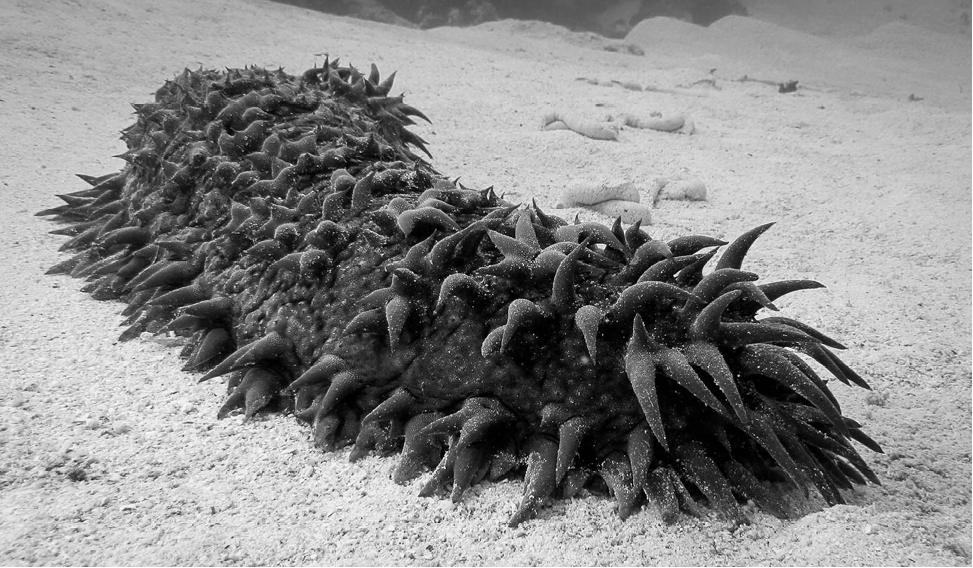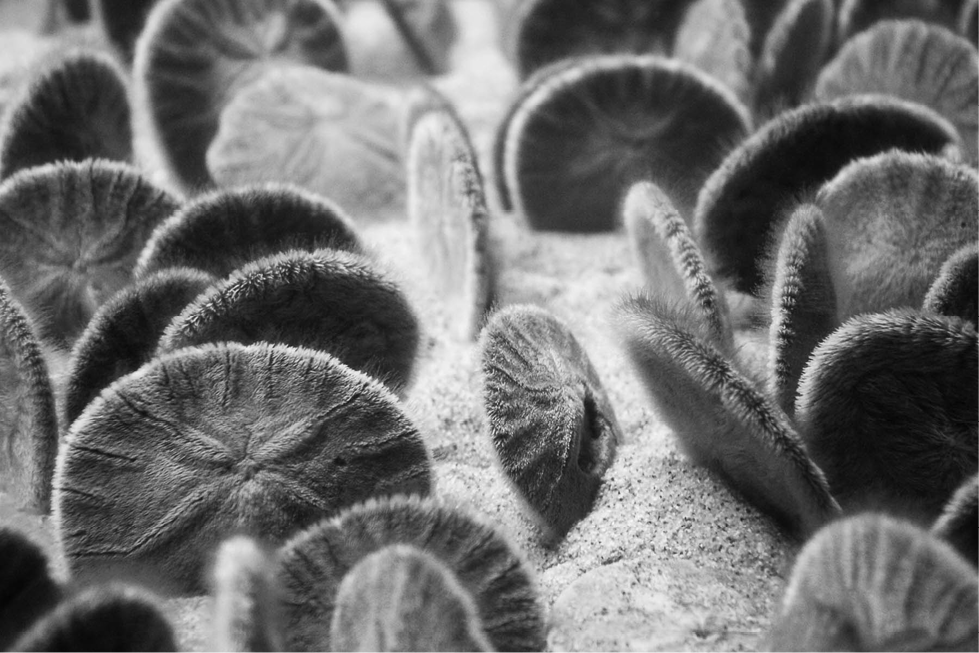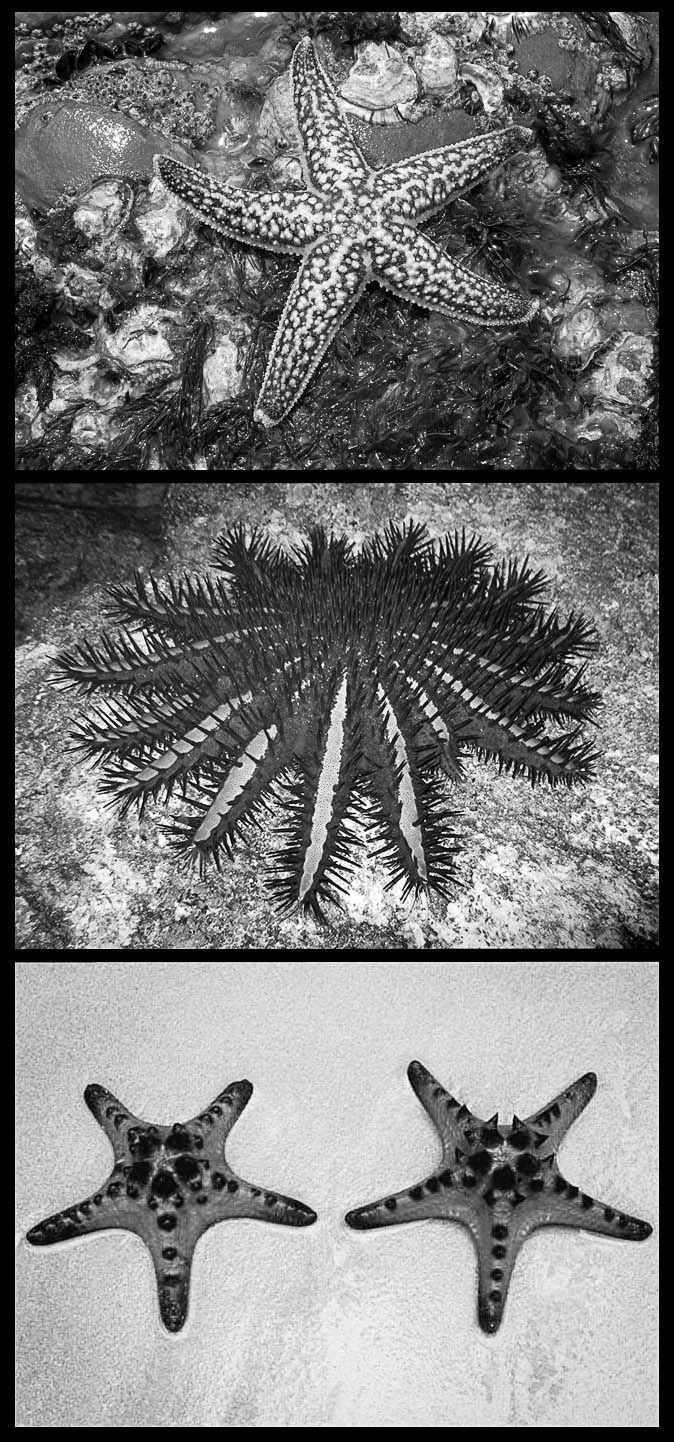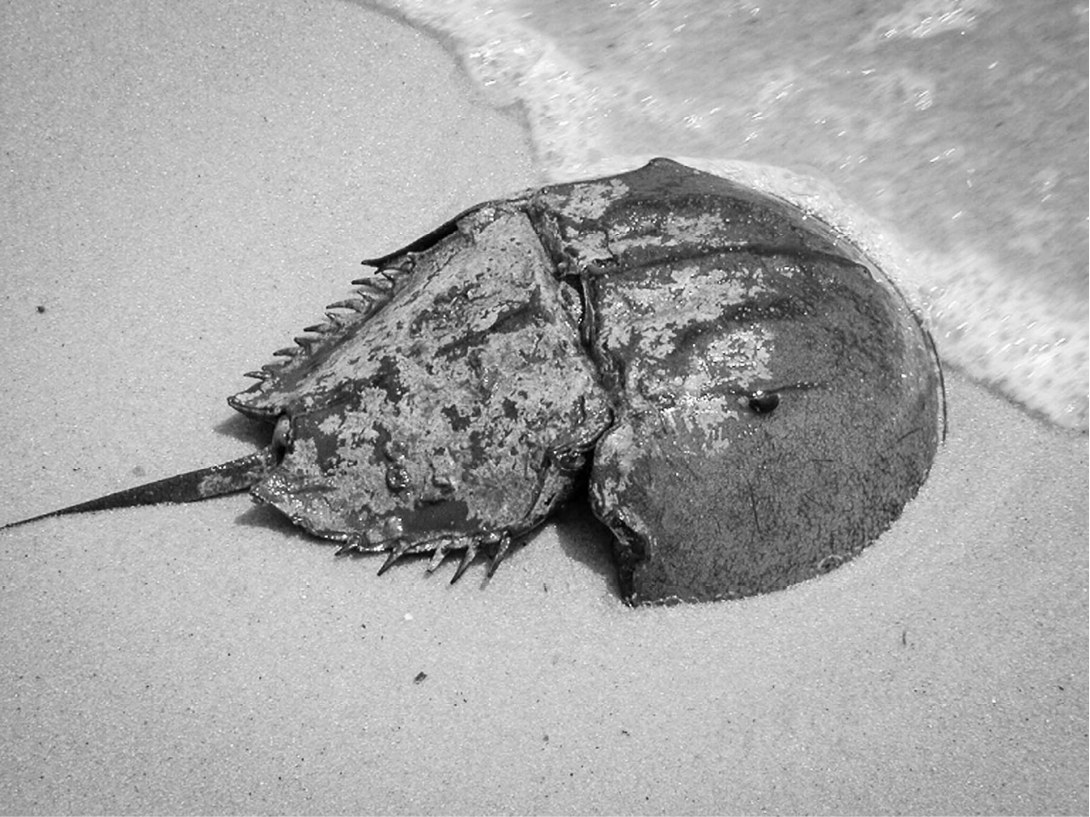Chapter 18
Irreducible Complexity and Blood Clotting
ID promoters love to point to the human blood clotting system as an example of irreducible complexity. One of the problems that the ID folks have is that they don’t read much zoology. Blood clotting is simply a system for stopping blood loss when a blood vessel is damaged. Lots of animals have lots of systems for dealing with this. Simple animals have simple—that is, reduced—systems for doing this. They work well enough. More complicated animals have fancier systems. But the whole mechanism is decidedly reducible.
Here’s how it works.
Really simple organisms like sea cucumbers only have to tighten the muscles around the damaged area. This stops blood flow. Our bodies do this, too.

Figure 18.1 Pineapple sea cucumber.
In sea cucumbers, the animal constricts muscles near the injured area in order to reduce blood loss.
In slightly more complex organisms, a plug, or clot, is also formed. There are many different levels of complexity for these clots. For instance, in sand dollars and many of their relatives, the blood cells simply clump together on a temporary basis to form the plug, or clot.

Figure 18.2 Sand dollars.
In sand dollars, a temporary plug is formed when blood cells clump together.
In sea stars, on the other hand, the cells, once clumped, then fuse together and lose their identities as individual blood cells. This is a further level of complexity.

Figure 18.3 Sea stars.
In sea stars, the clumped blood cells fuse together to form a clot, and are no longer individual cells.
In horseshoe crabs, the process goes still further. The clumped-up, fused blood cells that start the clot then make protein fibers that enmesh other cells and make the matrix both bigger and stronger. In fact, the horseshoe crab’s clotting system is so powerful that bacteria coming in through the injured area can be trapped in the almost-instantaneous clotting, and rendered harmless in this way.
So horseshoe crabs have a clotting system so effective that it not only clots the blood and stops blood loss, it clots out infectious invading bacteria at the same time. The whole process takes very little time. A multimillion-dollar industry has been developed based on using horseshoe crab clotting proteins to test for bacterial contamination in injectable and intravenous drugs used by humans.

Figure 18.4 Horseshoe crab.
In horseshoe crabs, the blood cells form a clot and also spread out fibers. These fibers increase the size and scope of the clot and allow it to trap invading cells.
So horseshoe crabs got a clotting system so effective that infections from wounds are stopped almost immediately. In the days before modern medicine, humans died regularly from infected wounds, often slowly and painfully from gangrene. Why did the Designer give the horseshoe crabs’ lifesaving blood clotting system to them, but not to us?
Meanwhile, animals that have backbones, like us, also have systems with blood that forms both clots and fibers. These functions are similar to those found in invertebrates. But the chemicals that we use to form the fibers are completely different from the chemicals that horseshoe crabs use; the clots form much more slowly, and invading bacteria are not enmeshed in an almost-instantaneous clot.

Figure 18.5 Vertebrates.
Vertebrates like zebras and humans have blood that both forms clots and makes fibers. But the chemicals that make the fibers in our blood clots are completely different from the chemicals that do this in horseshoe crabs.
But in all these different animals, the body loses less blood than it would have if the mechanisms for stopping blood loss didn’t exist.
So all these different levels of complexity in systems to stop blood loss are at work, today, in the animal kingdom. Some systems are as complex as ours, and some are much simpler. They all work. That is, they help the animal to reduce blood loss caused by injury. What’s more, these animals use different chemicals in their blood to produce the same effects that we have in ours. In other words, not only are these systems reducible, they can and do exist in many different forms—that is, they evolved many different times.
The human blood clotting path is individual in that it has some distinctive qualities. This is not surprising, and does not prove or even indicate design. Remember, distinctive individual structures occur all the time in nature, and are formed by well-known natural forces. Horseshoe crabs’ blood clotting system has some distinctive features, too.
So it has been demonstrated that blood clotting systems are entirely reducible, since reduced blood clotting mechanisms are found throughout the animal kingdom in many different living animals. This information has been freely available for many decades. It can be found in undergraduate textbooks.
Unfortunately it appears that ID promoters have deliberately overlooked all the information that is available on this subject. Either that, or else they don’t know how to read.
What’s more, the human blood clotting system is not as fantastic as the ID promoters would have you believe. For more on the bad design of our blood clotting system, see Chapter 19.